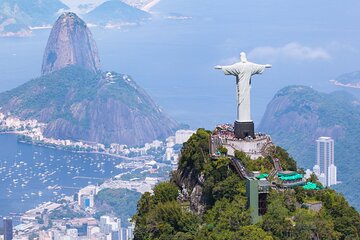Top Southeast Brazil activities
Explore by category
Explore Southeast Brazil tours
Top Southeast Brazil landmarks
Top Southeast Brazil landmarks
Top Southeast Brazil landmark tickets
Beyond Southeast Brazil
Tours in nearby places
Explore Brazil tours
Tours in similar places
Southeast Brazil trip ideas











































